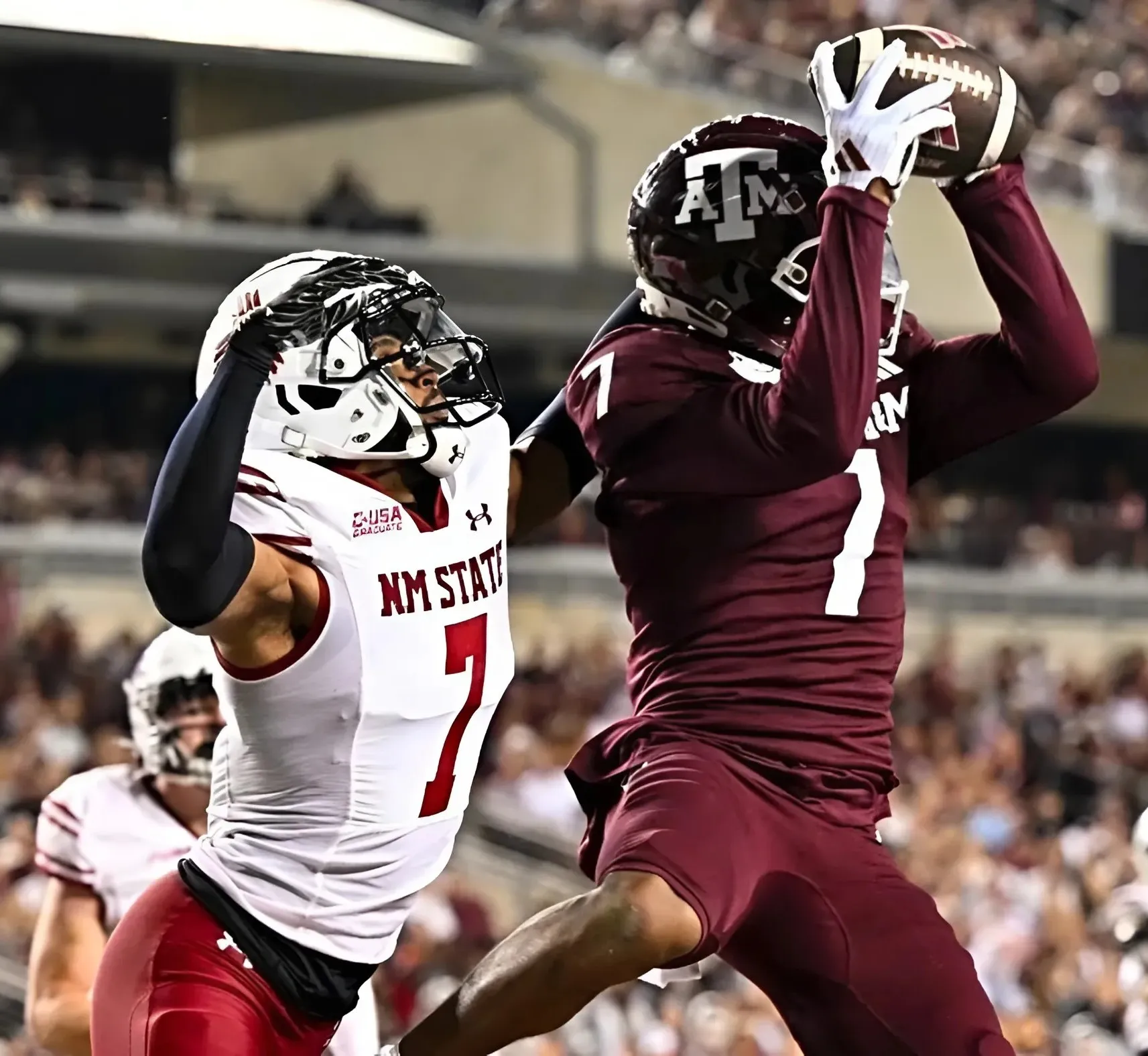The Dallas Stars and Colorado Avalanche’s Round 1 series is tied 1-1 as it moves to Denver for Game 3. The Avalanche performed well in the first two games in Dallas. Despite the tie, they could optimize a few aspects of their game as they head home as they aim to take the series lead.
Here are the key aspects of the Avalanche’s success through two games as they prepare for Game 3.
Blackwood Locking It Down
In the series breakdown, I noted that goaltending would be the Avalanche’s biggest X-factor given the inexperience of the two goaltenders. However, after two games, MacKenzie Blackwood has emerged as one of the team’s best players in the series so far.
Blackwood had only one postseason game of experience heading into the playoffs – mostly because he played on teams that didn’t make it to the playoffs, or he was the backup and never got a chance to play. However, in two games, he has made 58 saves on 62 shots for a .921 save percentage (SV%) and a 2.18 goals-against average (GAA), both better than his opponent, Jake Oettinger.

While Blackwood hasn’t been perfect, his performance has been considerably better than what the team got from Alexandar Georgiev and Justus Annunen at the start of the season. Blackwood managed the noise and pressure of playing on the road beautifully.
Blackwood also has a remarkable ability to make incredible saves, and his performance in Games 1 and 2 was no exception. Confidence is crucial, and Blackwood had plenty of it during these games. If he keeps up this level of play, the Avalanche could go on a deep run. The roster is starting to believe in their goaltender.
Avalanche’s Bottom-Six Showing Its Value
During last year’s Round 2 playoff series against the Stars, the Avalanche’s bottom six primarily functioned as a forechecking and shutdown unit. They generated minimal offensive production, regardless of how head coach Jared Bednar rearranged the lines in search of a spark. If the Stars shut down Nathan MacKinnon’s line, the team’s offense was effectively halted. Despite the changes made during the offseason and the acquisitions made leading up to the 2025 Trade Deadline, the bottom six has performed exceptionally well. While there have been some flaws and minor errors, this group has demonstrated hard physical play and has been generating significant offensive opportunities. In each game, a new player seems to step up and make a valuable contribution.
Related: Avalanche’s New Additions Thriving After NHL Trade Deadline
The Parker Kelly-Jack Drury-Logan O’Connor line has been one of the team’s best, thanks to their energy. In Game 1, they had a combined four points, including a highlight play from Drury to feed Charlie Coyle to ice the game at 5-1. Despite the loss in Game 2, O’Connor finished with three points, highlighted by his stunning goal that put them up 3-2 late in the third period. It wasn’t enough, as the Stars were hungry to tie the series, but it showed that Colorado’s depth could be the difference in this series. Each of the two lines brings a sense of offense we haven’t seen since the 2022 Stanley Cup team.
The third line of Joel Kiviranta, Coyle, and Ross Colton performed well in Game 1 before Colton was injured and did not return. His replacement, Miles Wood, significantly contributed to the team’s loss in Game 2 by turning the puck over at the blue line, which led to the game-winning goal.
Another boost might be the return of Gabriel Landeskog in this series. He was on the ice for the warm-up ahead of Game 2 but was eventually scratched from the lineup.
Stars vs. Avalanche Special Teams
The Stars’ penalty kill was one of the best in the NHL this season, ranking fourth with an impressive 82% success rate, while the Avalanche had a decent 79.8% success rate. Colorado’s power play improved throughout the season, finishing at a solid 24.8%, while the Stars’ power play struggled at 22%.
Through two games in this series, the Avalanche have had a slight advantage with the man advantage, with two power-play goals through six opportunities, while the Stars have only converted on two of seven opportunities. Before Thomas Harley scored early in the second period of Game 2, the Stars’ only two goals in the series were on the power play. Colorado has also been effective on the penalty kill, limiting Mikko Rantanen’s touches. With Jason Robertson injured and considered week-to-week and Miro Heiskanen also out and likely to return later in the series, their power play is weakened, requiring others to step up in response.
After a win in Game 1 on the road, the Avalanche can carry some momentum back home for Game 3. If Landeskog returns, Blackwood continues to play well, the team receives productive contributions from the bottom six, continues to get solid special teams, and flexes their elite talent on the power play, they could have a winning formula for these playoffs.

-1745853683-q80.webp)

